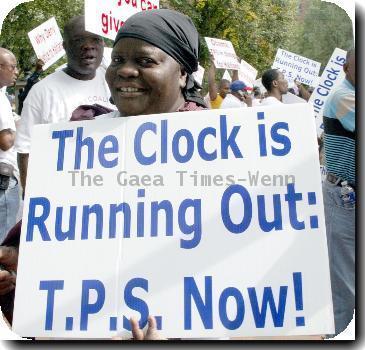‘Underemployment’ near or above 20 pct in 9 states as part-timers, discouraged workers grow
By Christopher S. Rugaber, APFriday, January 29, 2010
‘Underemployment’ tops 20 pct in 3 states
WASHINGTON — President Barack Obama said in his State of the Union Wednesday that “one in 10 Americans still cannot find work.” But in nine states the figure is much worse — closer to one in five, according to Labor Department data released Friday.
The figures are a stark illustration of how tough it is to find a full-time job, even as the economy has grown for two straight quarters. The official unemployment rate of 10 percent doesn’t include people who are working part-time but would prefer full-time work, or the unemployed who have given up looking for work.
When those groups are included, the devastation in many parts of the country is clear: Michigan’s so-called “underemployment” rate was 21.5 percent in 2009, the highest in the nation. California’s was 21.1 percent, while Oregon’s was 20.7 percent.
Many companies and state governments have cut back on workers’ hours during the recession. And in the past six months, nearly 2 million unemployed workers have given up on their job hunts. Nationwide, the underemployment rate was 17.3 percent in December, just below the 17.4 percent reached in October, the highest on records dating from 1994.
In another three states — South Carolina, Nevada, and Rhode Island — the underemployment rate is above 19 percent. And in three more — Arizona, Florida and Tennessee — it’s above 18 percent.
The figures also illustrate how much higher the official unemployment rate could go in these states. Many of the discouraged workers are likely to start looking again as the economy improves. That would have the effect of raising the unemployment rate.
But in many states, people are still dropping out of the labor force, which might keep a lid on official unemployment but still adds to the underemployed population.
South Carolina, for example, saw more than 6,700 people leave its labor force in December, as its unemployment rate rose to 12.6 percent.
That is a “very disturbing trend,” said Don Schunk, an economist at Coastal Carolina University. “We haven’t even reached the point yet … when people get encouraged and come back in. That suggests … we still have quite a ways to go with rising unemployment.”
Schunk estimates South Carolina’s official rate will peak at 13 percent to 14 percent by late spring.
Michigan’s economy is still struggling from the downturn in its battered automotive sector. The state lost 15,700 jobs in December, according to government data released last week, but the unemployment rate dropped slightly to 14.6 percent from 14.7 percent.
That’s because 31,000 people left the labor force. Michigan has the nation’s highest unemployment rate.
Tim Bartik, senior economist at the Upjohn Institute for Employment Research in Kalamazoo, Mich., said the state is seeking to diversify its manufacturing base beyond autos and is exploring new sectors, such as biotech. But the job loss from the auto industry’s decline is too steep.
“If the auto sector would just stay stable for the next five years … then Michigan might be able to start growing employment again,” he said.
California, meanwhile, was hit hard by the housing slump and its ports have suffered from last year’s downturn in international trade. Its unemployment rate is 12.4 percent.
Jerry Nickelsburg, senior economist at the UCLA Anderson Forecast, said the state probably won’t add enough jobs to drive down unemployment until late this year. He estimates the official jobless rate won’t fall below 10 percent until 2012.
Tags: Barack Obama, Careers, Labor Economy, Labor Issues, Losing A Job, Michigan, North America, South Carolina, State of the union, United States, Washington



